The Fundamentals of Stuffed Peppers
I'm a big fan of stuffed peppers. They're great as a side dish, on salads, mixed in with eggs and potatoes, cooked inside of burritos, really the sky is the limit! There's a plethora of different peppers, cheeses, cooking methods, and recipe inspirations to choose from. Stuffed peppers are a great recipe to make your own. Feel free to mix and match whatever suits you!

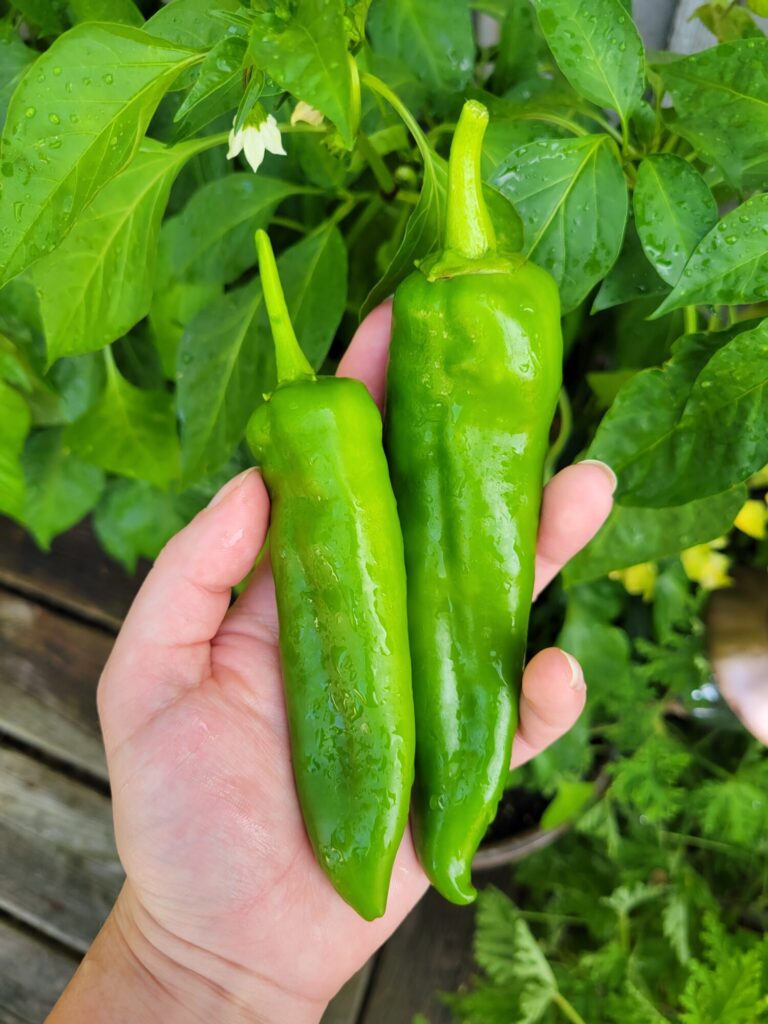
What Kind of Peppers Do You Need for Stuffed Peppers?
There are a variety of different kinds of peppers that will work for stuffed peppers. I tend to opt for a larger variety of sweet peppers, like Anaheim, poblano, cubanelle, or banana peppers. Although you can also opt for a spicier pepper, like jalapeños or habaneros, which would give it more of a jalapeño popper feel. Alternatively, sweeter peppers, like banana or bell peppers work great as well. Really, the sky is the limit! I ordinarily just pick what peppers look best at the time. A similar philosophy can also be applied to the type of cheese that you use in stuffed peppers.

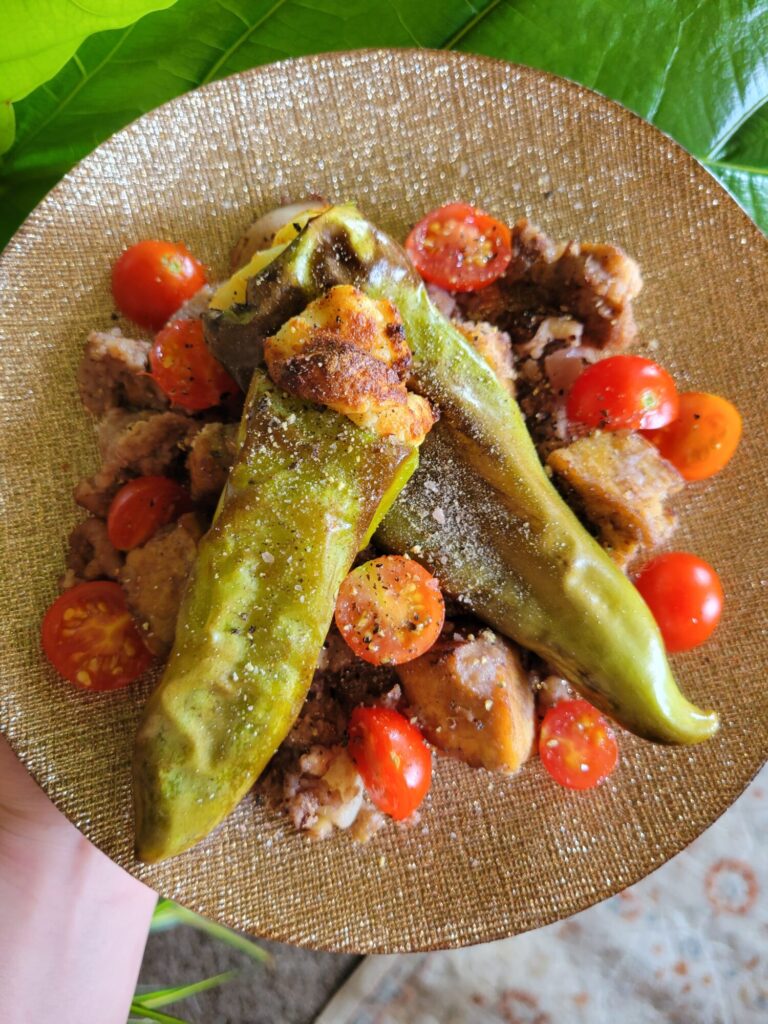
What Kind of Cheese Do You Need for Stuffed Peppers?
Ordinarily I look for queso fresco. Although Oaxaca, panela, and chihuahua cheese are also great options. Even cream cheese, goat cheese, feta, and mozzarella work well for stuffed peppers. You want a cheese that will more or less keep its shape. Really any crumbly cheese, grilling cheese, or melting cheese would do. Even some spreading cheeses, like cream cheese and mascarpone would work well enough. Certain fresh cheeses, like farmers cheese and fresh mozzarella, would also be fine to stuff peppers.
I would steer clear of a lot of softer cheeses, like brie and Camembert, though. As well as any semi-hard or hard cheeses, like cheddar, Swiss, and parmesan. The softer and the harder varieties of cheese tend to melt into a puddle. They tend not to keep their shape well and will either make a soupy mess or puddle of oil. Think about fondue if you didn't have bread for it to soak into or that greasy layer of crusted cheddar on top of macaroni and cheese. Both absolutely delicious on their respective dishes, but not exactly the consistency that you're going for for cheese-stuffed peppers!

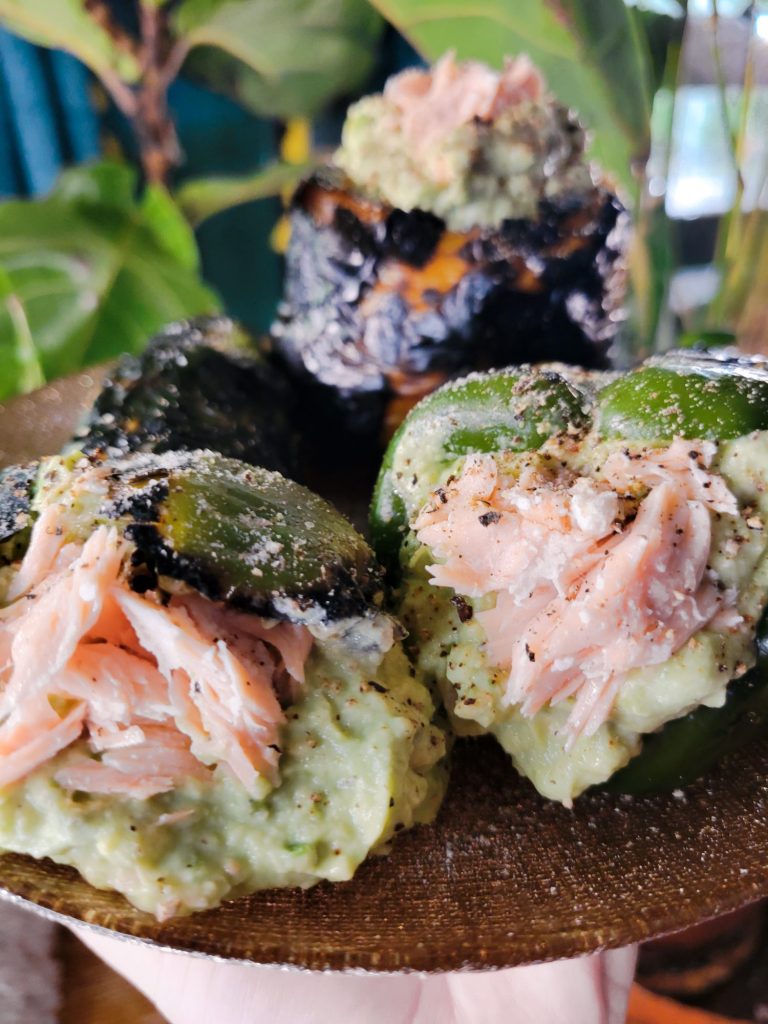
Do You Need Cheese for Stuffed Peppers?
No! Absolutely not. I often use quinoa or lentils to stuff peppers. You can really use anything that roughly holds its shape. Avoid anything that has too much liquid or would spill out. Any combination of cheese, legumes, fruits, vegetables, or even meats or seafood work incredibly well in stuffed peppers. They act kind of like a tortilla would. So, anything that you would put in a burrito or taco would likely work in stuffed peppers.
I also tend to top stuffed peppers with hot sauce or eat them on top of a salad or scrambled eggs. So, don't be afraid to mix and match the ingredients and/or how you eat the peppers. Smaller peppers can be eaten like jalapeño poppers with your hands, rather than sliced into with a fork and knife.
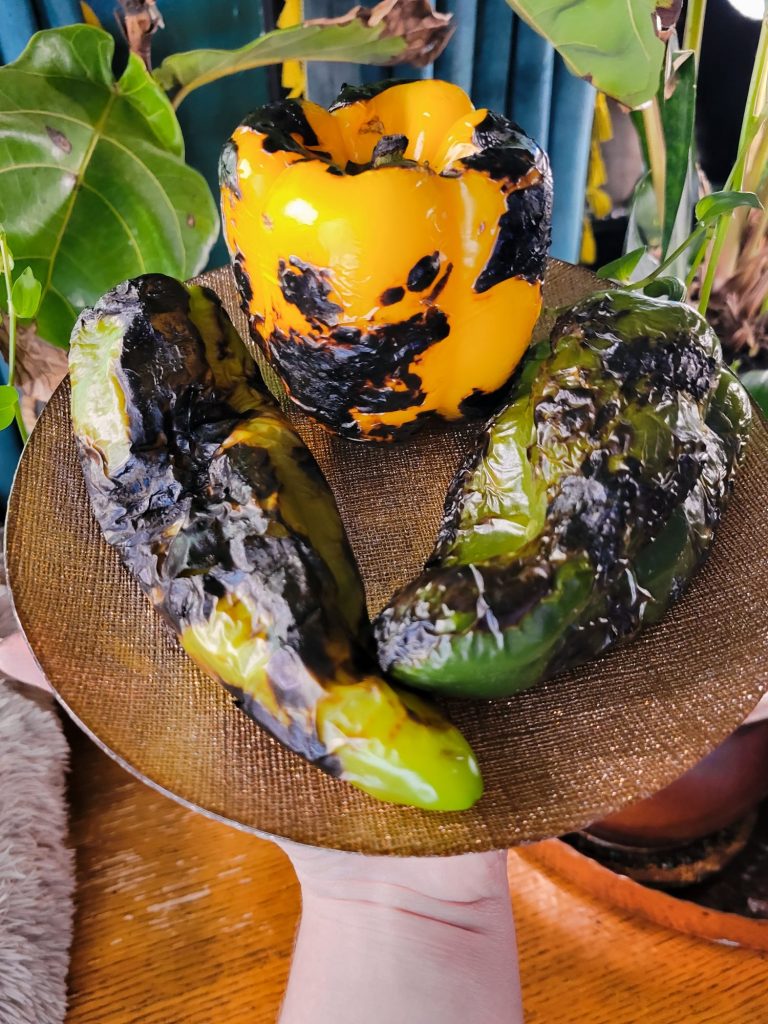
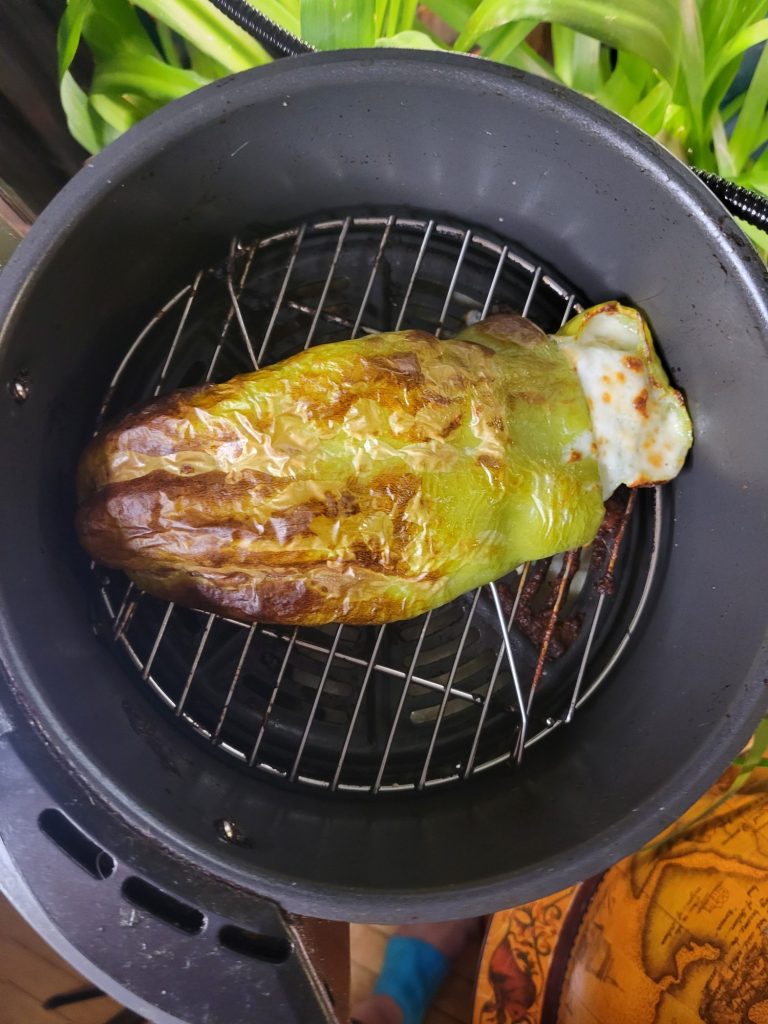
How to Cook Stuffed Peppers
Absolutely not. If you have a flame? You can make cheese-stuffed peppers. I tend to like cooking them over the barbecue because, as someone who doesn't eat a lot of meat, it's a fun thing hang out on the patio and have a heated debate about the precise way to perfectly grill something. Yes, I am making fun of the men who all congregate around around the barbecue criticizing the way everyone else grills their burgers. Although, for those of you who press the spatula down on them to make a big grease fire to char broil them quicker? You are incorrect. Feeding all of the juices from the meat to the fire is a great way to end up with dry meat. You want the juices. Stop pressing them out of the food!!
Although I digress.
No, no you do not need a barbecue. A barbecue is fun. Although you can also grill them over the stove, bake them in the oven, fry them in the air fryer, or even wrap the peppers in aluminum foil and cook them in a bonfire. The cooking times are all going to be fairly similar. It's really just the type of char that's going to vary slightly with each method.
Barbecue
A barbecue is the most classic way to grill peppers. Before getting an air fryer, it was probably my most utilized method of cooking peppers. It's a fun thing to break out during the warmer months. And I'm always a fan of vegetarian dishes that can be grilled on the barbecue. Just heat the barbecue over medium-high and place the peppers directly on the grill. You can also wrap them in aluminum foil. Although I tend to like the grill marks. Placing a cast iron griddle on the barbecue is another option for getting those marks, without having to worry about the cheese falling through the grates. Smaller peppers can also be placed on skewers. Just make sure to cook meat separately from vegetables on skewers because they tend not to take as long to cook and can get contaminated with undercooked chicken or pork juices.
Grill the peppers on the barbecue over medium-high heat for about 15 minutes, making sure to rotate halfway through. You can place them directly on the grill, on a preheated griddle, or wrapped in aluminum foil.
Gas Stove
If you have a gas stove, you can place them directly on the burner over medium-high heat. Just make sure to char the peppers separately and then add the cheese. You don't want to get cheese in the flame because the grease can cause the flames to shoot up (think pouring lighter fluid over an open flame. Oil and fire don't mix well!) Cooking the peppers beforehand can get a nice char on them, though. Then, you can add the cheese and bake or even microwave to melt.
Cook the peppers, without cheese in them, directly on the gas burner over medium-high heat for about 15 minutes, making sure to rotate halfway through.
Oven
In the oven, you can stick the peppers and cheese on a baking sheet and bake for about 15 minutes at a high temperature. You want about 400-500 degrees for a quick char. Although you can slowly roast them for longer over a lower temperature if you want softer peppers without the darker grilling varieties. I'd recommend wrapping the peppers in foil to avoid the cheese melting out of the peppers if you opt for this method, though.
Bake the peppers in the oven at 350-500 degrees Fahrenheit for about 15 minutes, making sure to rotate halfway through. You can place them directly on the oven racks, on a baking sheet, or wrapped in aluminum foil.
Air Fryer
An air fryer is the simplest way to roast stuffed peppers.
There's always a debate among professional cooks about whether or not the latest culinary fad is worth it. By and large I'm going to say that they're not. Cooking goes through fads, just like anything else. And, like most fads, they do tend to fall out of style. Which can be problematic when it comes to cooking appliances because these can easily put you back hundreds of dollars every time something flashy and new comes around. Although I'm a big fan of air fryers. They act like a cross between a microwave, toaster oven, deep fryer, and convection oven. I've forgone all of these for an air fryer and will absolutely let you know when you can substitute an air fryer for an oven or barbecue!
Fry the peppers in the air fryer at 350 degrees Fahrenheit for about 15-20 minutes, making sure to rotate halfway through. You can place them directly on the fryer rack or in a silicone dish.
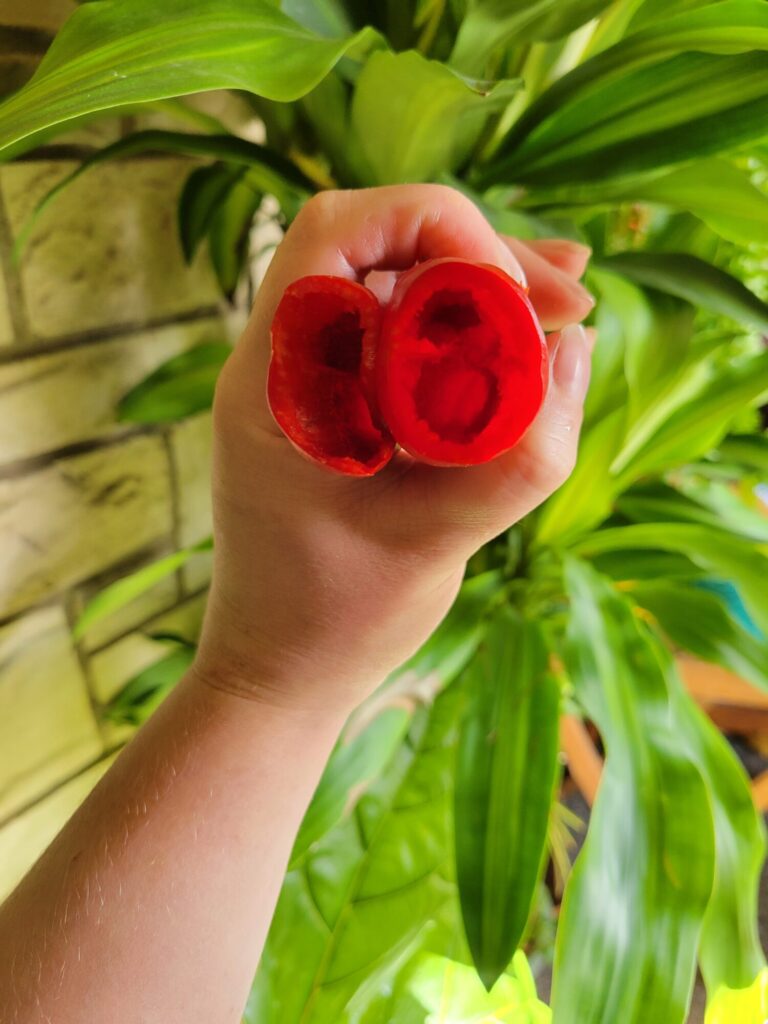

How Do You Cut Peppers?
Cutting the peppers without splitting them can be easier said than done. The goal is to get the stem and seeds out without cutting more than the top off or splitting the pepper. Don't worry if this skill doesn't come naturally to you. It is a rather bizarre thing to do! I like to cut the top of the pepper off with a typically large kitchen knife. Whatever works for you. And then I'll grab a long, thin paring knife. You want a small enough knife that can fit inside the pepper. Preferably with a blade that's as long or longer than the pepper itself. That way you can shimmy the knife in and twist it around to break up the innards or to carefully cut each stem where it's attached to the pepper. Then, just tip the pepper upside down and shake out all of the seeds.
You do not want to eat the stem and seeds if you can help it. On hotter peppers, they're going to be the hotter part of the pepper, so it's fine to keep them in if you want. You'll just have to maneuver the cheese around them. For milder peppers, though, the steam and seeds tend to be slightly bitter and unpleasant. So, you're going to want to get as much of them out as you can. Although don't worry too much about some stray innards if it's too much trouble! It's better to keep the pepper whole than try and shove your fingers or an oversized knife inside of them.
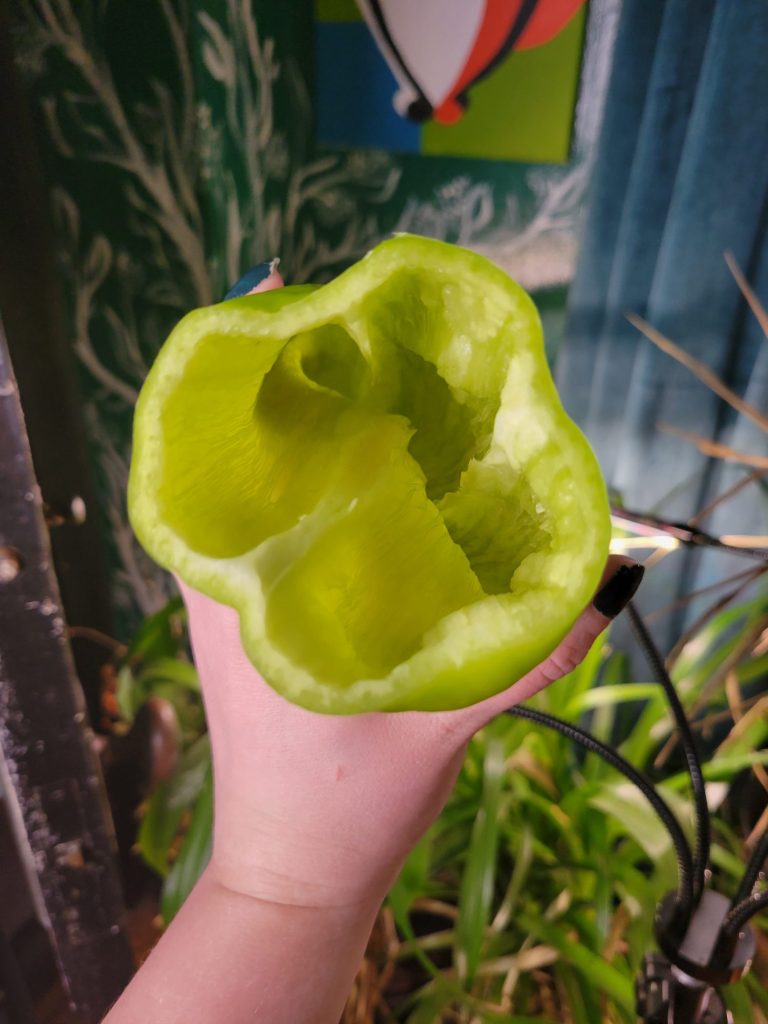
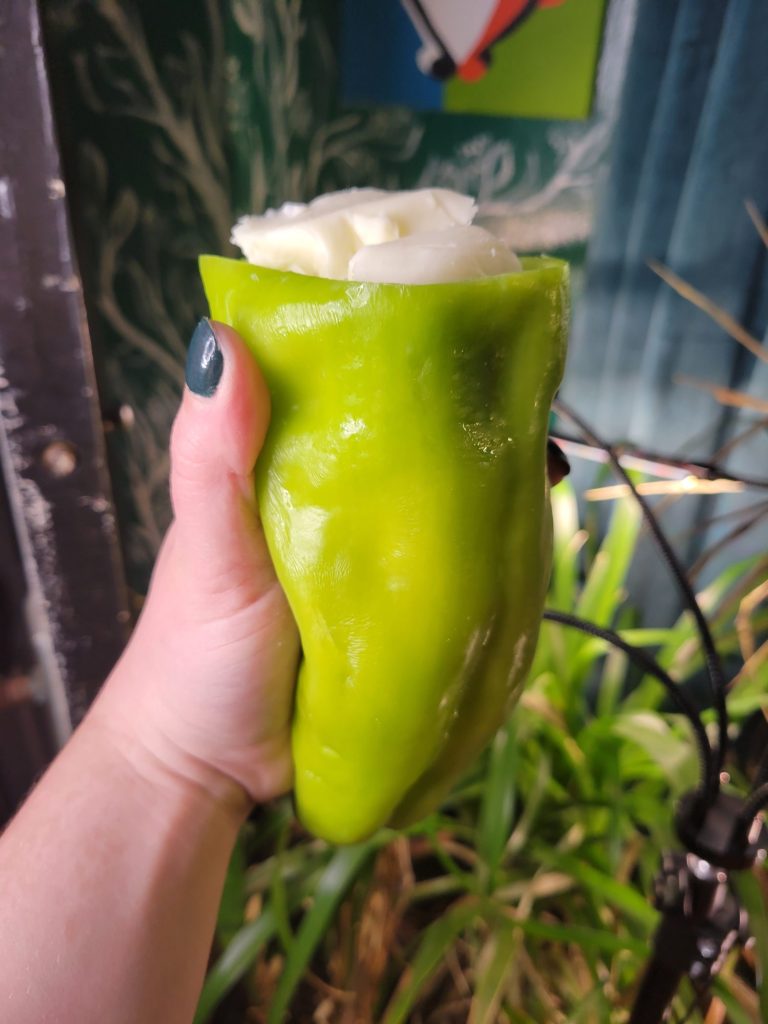
How Do You Keep the Cheese from Spilling Out?
There are a variety of ways to keep the cheese from spilling out of the peppers. I tend to get lazy about it and just prop the peppers up slightly. It can be tough to get the cheese to perpetually tilt downward towards the enclosed part of the peppers, though. If you don't want to lose any of the cheese or other toppings inside of the pepper, you can wrap them tightly with aluminum foil. Although you will lose some of the charring with this method and it will take a few extra minutes for the peppers to cook all the way through. Alternatively, I'll sometimes just cover the tops with aluminum foil or strategically place toothpicks to keep the tops of the peppers in place.
You'll see some people cook the peppers without the tops on. Although having the tops does help keep the innards from spilling out. I'll just cut the tops off, pull out all of the seeds and veins inside of the peppers, fill them with cheese or other toppings, and then place the tops back on the peppers. This is all personal preference, though, and how much prep work you want to put into this endeavor!
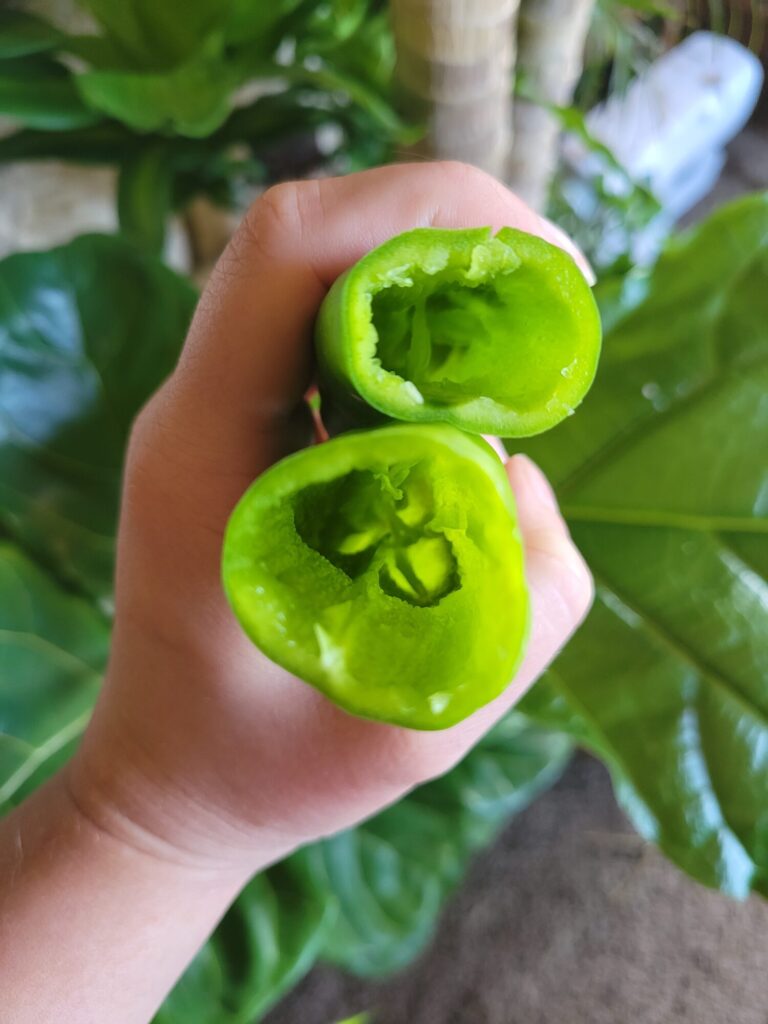

How Do You Get Cheese All the Way Into the Tip of the Peppers?
Getting cheese or other toppings into the bottom of the peppers without splitting them can be a little bit tricky! Particularly with long and skinny peppers. I'll use a long, thin paring knife to cut the veins and seeds out. Then, I'll crumble a little bit of the cheese and press it into the bottom. I'll use larger chunks of cheese at the larger end of the pepper and especially the top opening of the pepper because crumbling it all the way through can result in cheese spilling out. So, it is better to keep it in as large of chunks as possible. But the tip of the pepper is the exception to this. Do whatever it takes just to get cheese down there! Including breaking it up and using a knife or other utensil to press it slightly into the bottom.
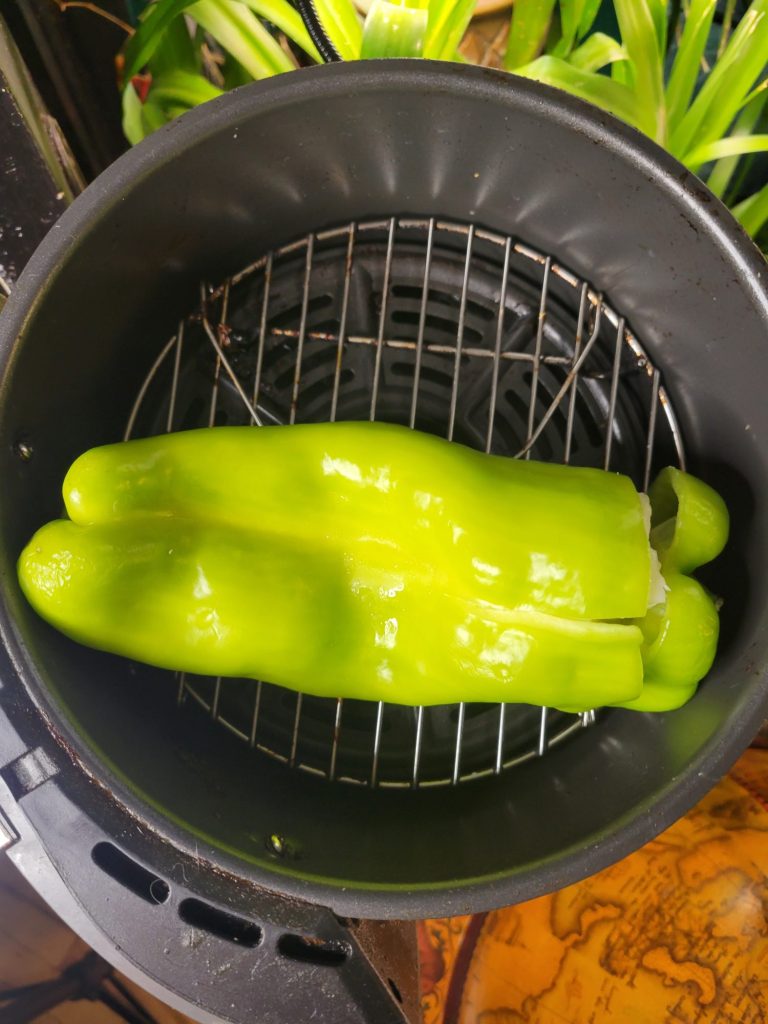
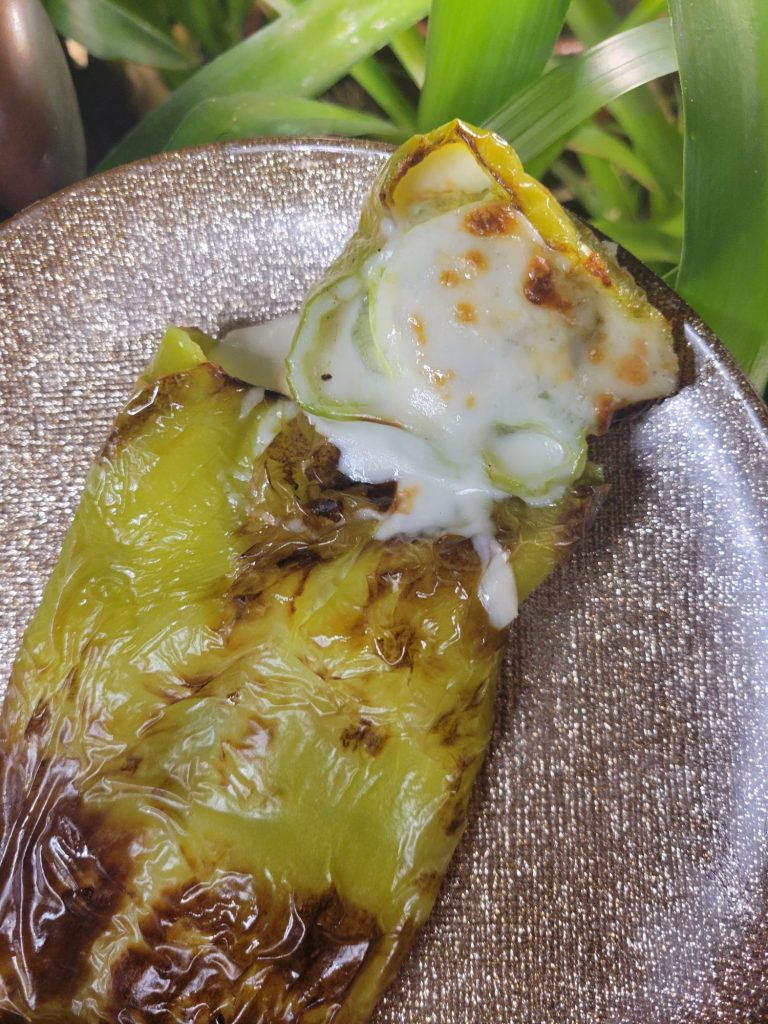
What Happens If You Split the Pepper?
Obviously "try not to" isn't good advice. You've already split the pepper! Going back in time isn't an option. But don't fret too much. Press a little bit more softly and use smaller chunks of cheese for the subsequent peppers, if you're frying more than one. Otherwise, there are a couple of options depending on how big the split is. If it's small, don't worry about it at all. I regularly knick a pepper. Small holes aren't anything to write home about. Just kind of angle them upward and don't worry too much about it.
Larger splits you're going to have to do a little bit of problem solving. You can just wrap the pepper in aluminum foil. Either wrap just the part that has a hole (this works particularly well if just the top has a split in it) or wrap the entire pepper in aluminum foil. You can also get some toothpicks and "stitch" the hole back together. Some cheese is probably still going to spill out of this a little bit, but you will still get the char on the pepper and it's better than just letting all of the cheese spill out! Just also angle the hole upward as much as possible.
You can see that this pepper above does have a small split in it. You can barely see it in the final product, though. It's barely noticeable enough to worry too much about.
Gallery
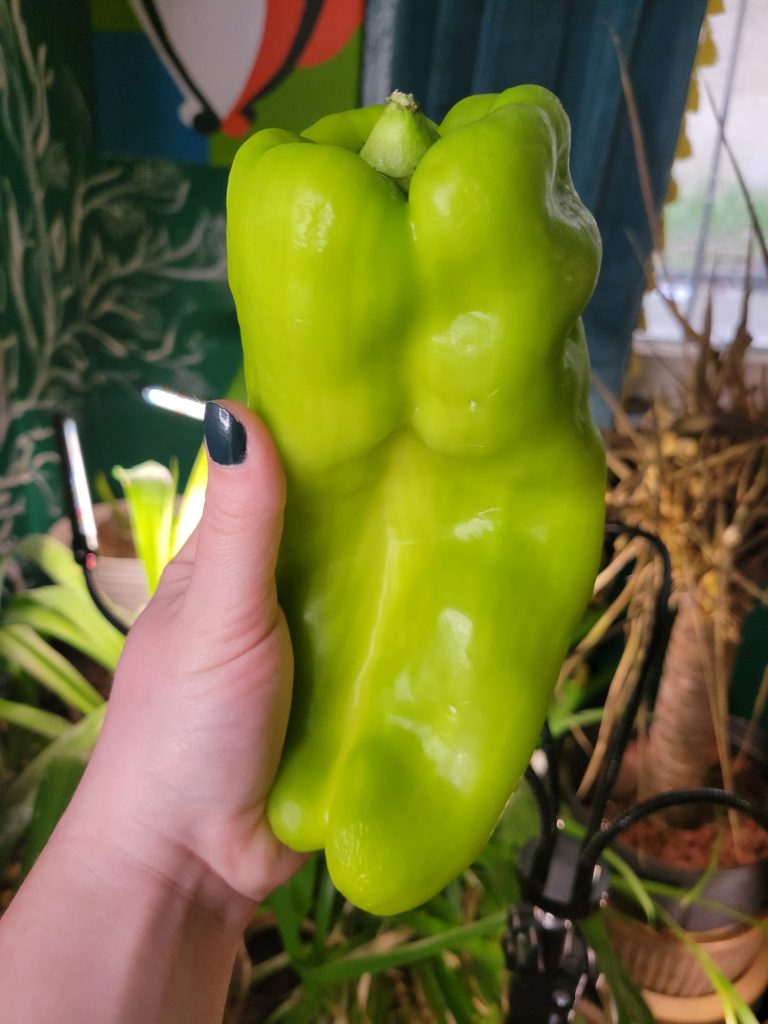





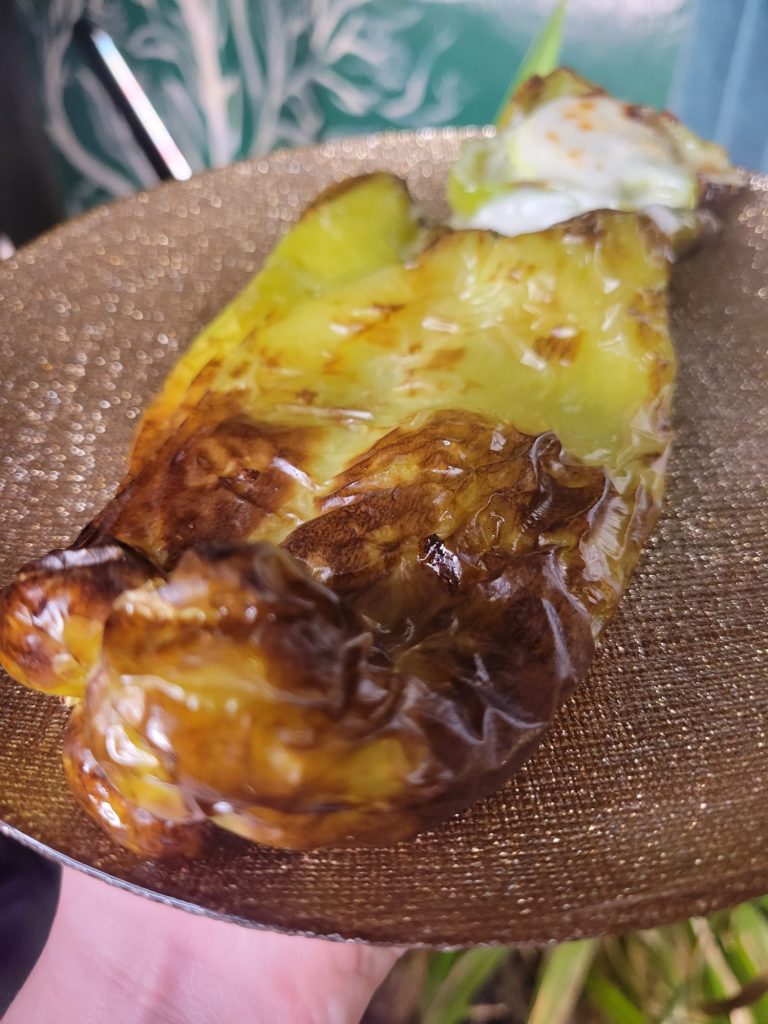

Oaxaca Cheese-stuffed Cubanelle Peppers
Variations of Stuffed Peppers
I make stuffed peppers for a variety of dishes. Although my favorite is queso fresco-stuffed peppers on top of scrambled eggs or a salad. You can make this basic recipe for a wide variety of dishes, though. So, feel free to make any of these recipes as is or use them as a jumping off point to make the dish your own!
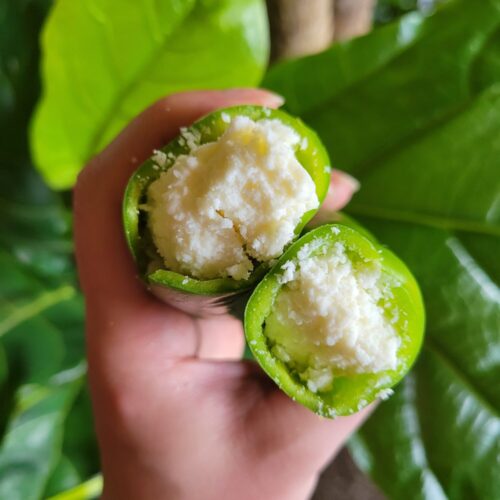
The Fundamentals of Stuffed Peppers
Equipment
- Air Fryer (optional)
- Barbecue (optional)
- Stovetop (optional)
Ingredients
- pepper of choice
Instructions
- Cut the tops off of the peppers. Take a small knife and de-vein and de-seed the peppers.The goal here is to hollow out the peppers, without compromising the shape. It's easier to stuff them when there aren't holes in them for the cheese to spill out! I'll use a long, sharp paring knife for this. That way it will fit inside of the pepper and you can just twist it around to remove the seeds. If you're careful and the knife is sharp enough, you can also slice through the veins and pull them out. You don't have to remove every single vein and seed, but they are quite bitter. So, removing as much of the innards as possible is preferable.
- Stuff cheese (or topping of choice) inside of the peppers.It helps to pull the cheese apart a little bit before trying to stuff the peppers. That way, you can push it into the bottom tip of the pepper, without poking through the flesh. This can be easier said than done! Especially with larger pieces of cheese. Although crumbling it certainly helps as well as stuffing small amounts of cheese at a time.I also like to fill the end of the peppers with a larger chunk of cheese. This serves as a kind of cap to the peppers to keep the crumbled bits of cheese from falling out during the roasting process.
- Roast peppers 10-15 minutes, or until the peppers begin to char and turn slightly brown in color. Make sure to rotate somewhere between half and three-quarters of the way through the roasting process in order to cook evenly.No matter what method of cooking you use, most peppers are going to take about the same amount of time to cook. See the above instructions for a more detailed instruction of each cooking method. Although, generally speaking, roasting the peppers on the default setting or medium-high heat is going to result in similar cooking times. Just rotating when they start to char and not using a timer tends to work as well.Also make sure that the peppers are propped up as much as possible, to keep the cheese from spilling out. I tend to place them in the air fryer so that the slight curve of the peppers faces upward. Most peppers aren't perfectly straight and lean to a certain direction. Then, when I rotate them to get an even cook, I'll sometimes stack the peppers leaning against one another so that the cheese still faces upwards as much as possible.
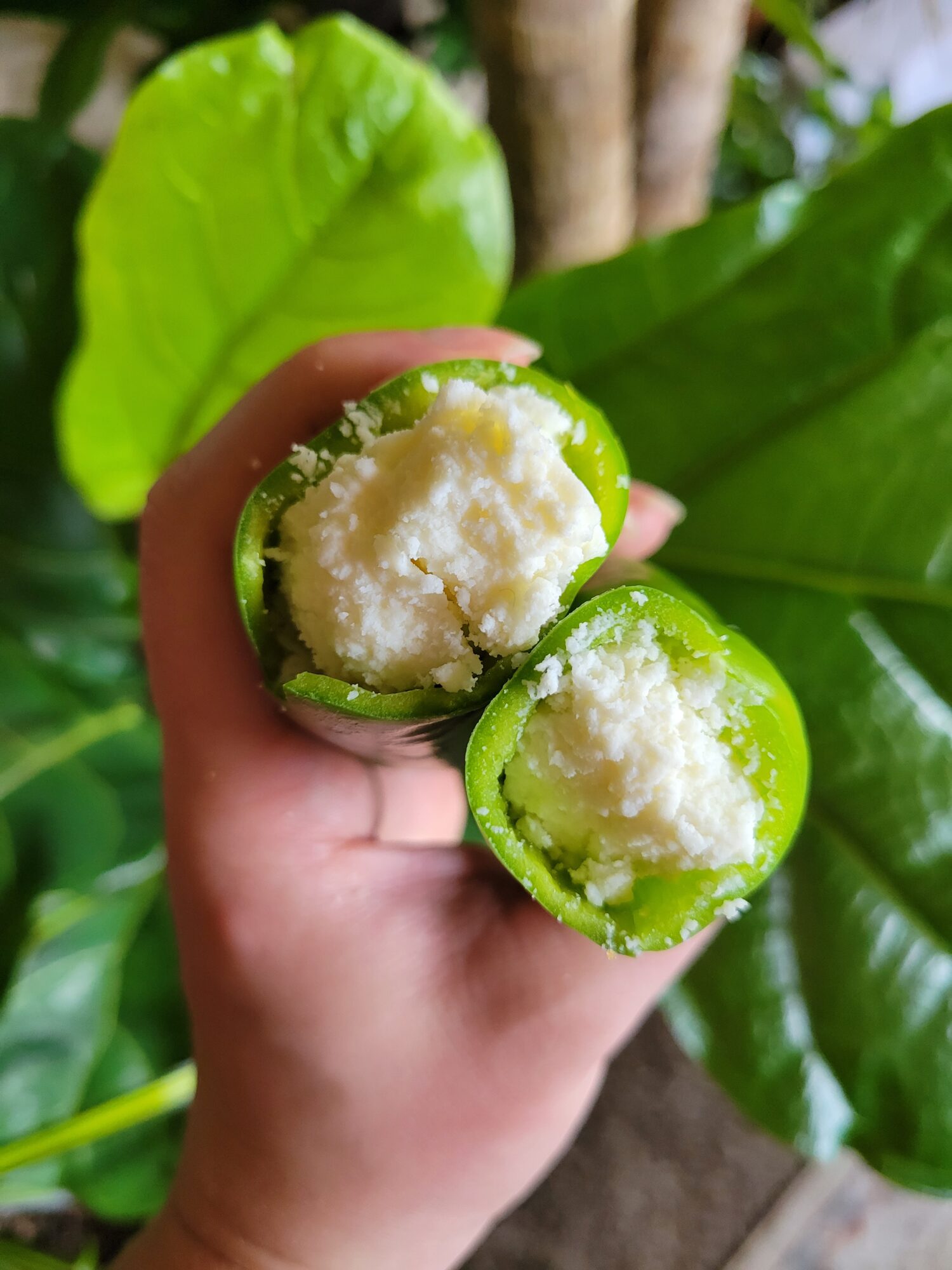
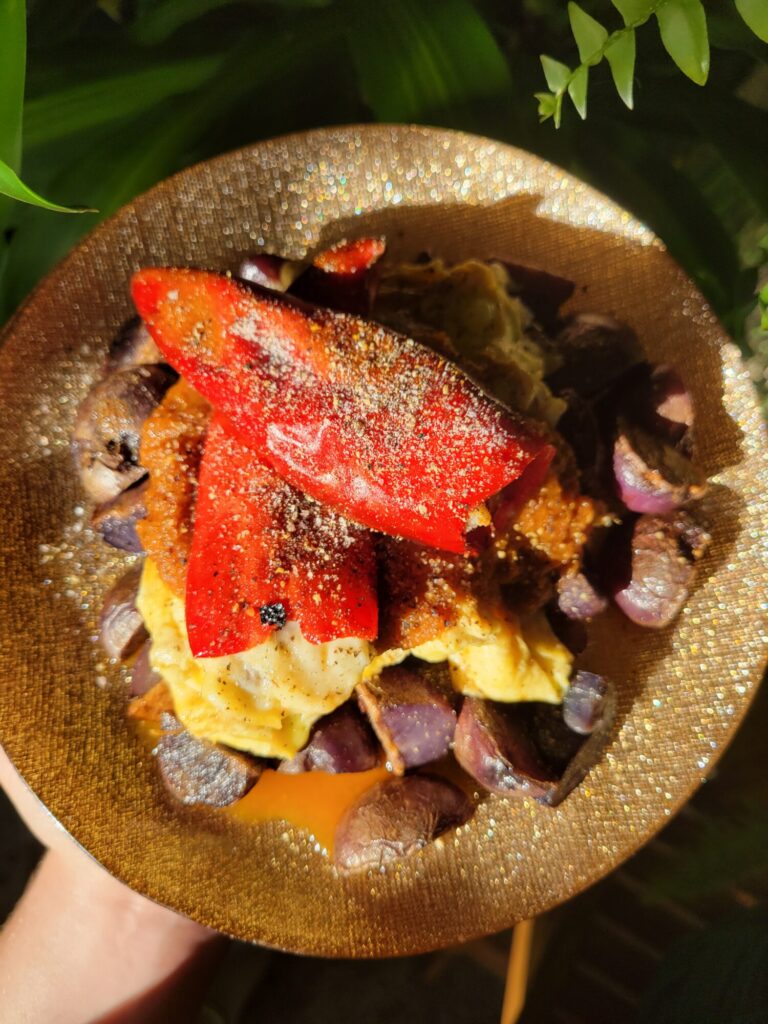
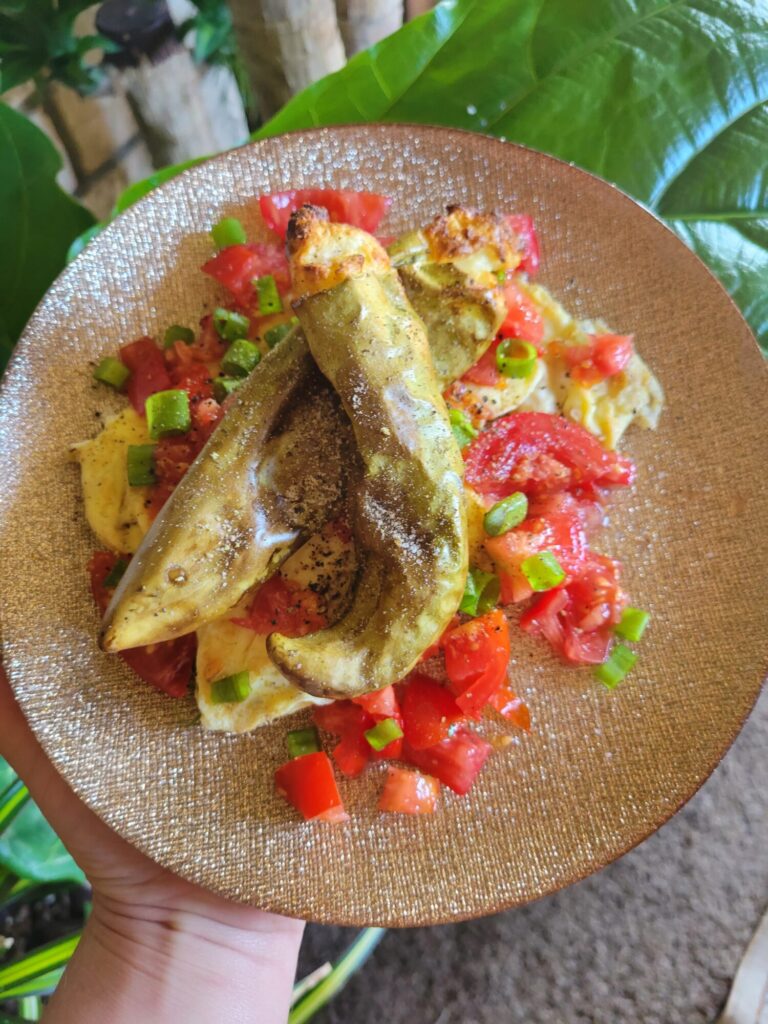
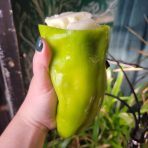
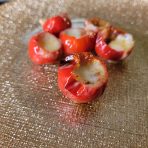

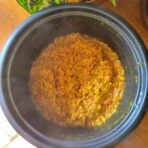

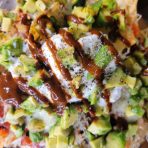
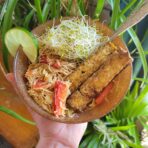
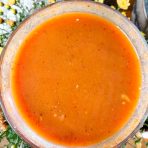
Leave a Reply